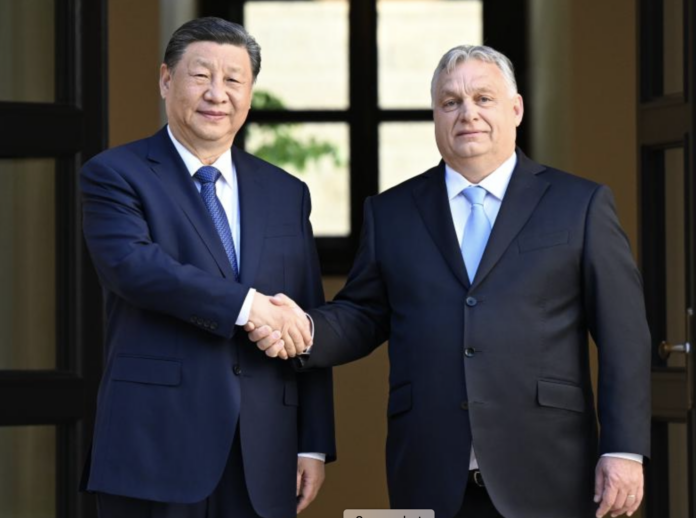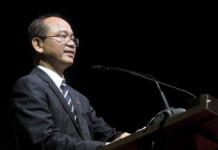BUDAPEST, May 11 – Chinese President Xi Jinping left Budapest on Friday after paying state visits to France, Serbia and Hungary.
Hungarian Prime Minister Viktor Orban bid farewell to Xi at the airport. Two Hungarian fighter jets escorted Xi’s plane after it took off.
China and Hungary on Thursday elevated ties to an all-weather comprehensive strategic partnership for the new era, marking the most recent stride in China’s effort to deepen cooperation with Central and Eastern European (CEE) nations.
It came one day after China and Serbia decided to build a community with a shared future, an upgrade of their relations from the comprehensive strategic partnership established eight years ago.
The inclusion of Serbia and Hungary — major countries in Central and Eastern Europe — in Xi’s first trip abroad for the year and his first visit to Europe in nearly five years underscores China’s commitment to fortifying cooperation with the region.
During the talks with Hungarian Prime Minister Viktor Orban on Thursday, Xi said that China-CEE cooperation has a strong internal momentum, expressing the hope that Hungary will continue to play an important role in promoting China-CEE cooperation for the benefit of their respective people.
From January to March 2024 alone, China’s investment in CEE surged by 36.35 percent compared to the previous year, reaching about 450 million U.S. dollars. As of March 2024, the cumulative total of Chinese investment in the CEE region soared to 5.2 billion dollars.
In 2023, Hungary was able to attract a total of 13 billion euros (about 13.86 billion dollars) in foreign direct investment, of which about 8 billion euros (about 8.53 billion dollars) were from China, said Hungarian Minister for National Economy Marton Nagy in an interview with Xinhua.
That is also the case for Serbia. “During the past two years, China has emerged as the largest foreign direct investor in Serbia, bringing numerous benefits to the country,” said Jelena Grubor Stefanovic, director of representative office of Serbian Chamber of Commerce and Industry in China.
“Now Serbia has more opportunities to systematically focus its efforts on attracting investments from China in industry sectors with high added value like life sciences, digital economy, automotive industry, smart agriculture sector and green development,” she said.
These investments, coupled with collaborative projects under the Belt and Road Initiative (BRI), such as the Belgrade-Budapest Railway and Port of Piraeus in Greece, continue to benefit the people in the CEE region.
















